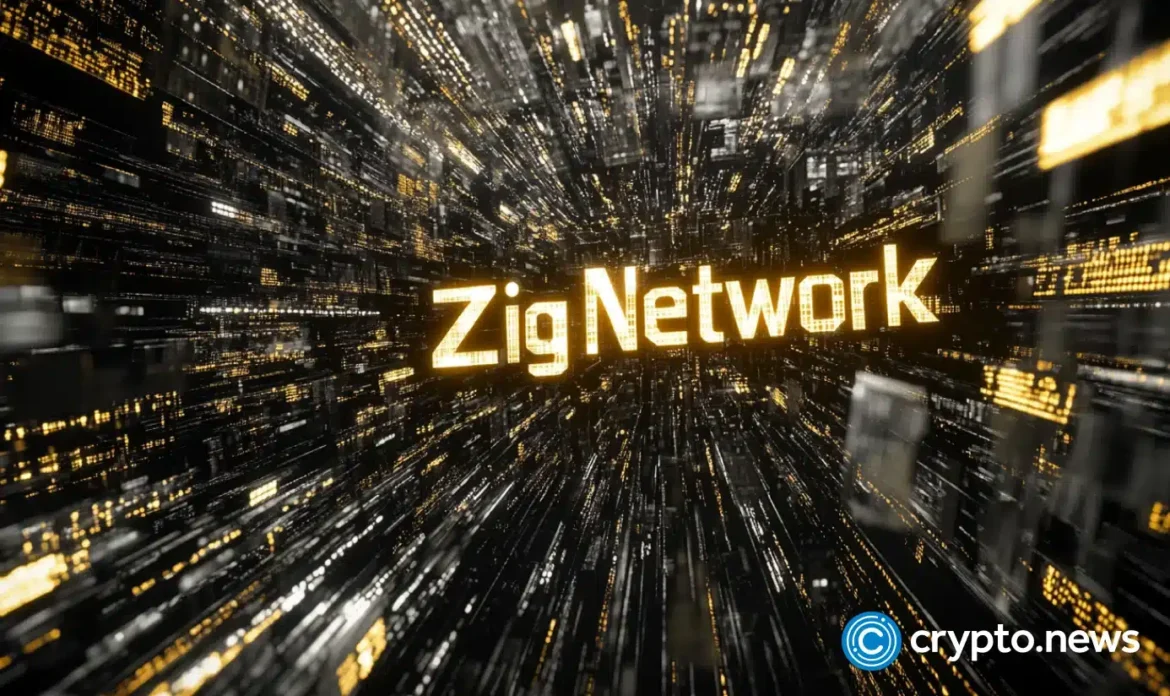In brief
- The IRS and Treasury Department issued new guidance.
- Strategy no longer expects to become subject to CAMT.
- Shares rose 4.6% to $337 on Wednesday as Bitcoin jumped.
Strategy, the world’s largest corporate holder of Bitcoin, is no longer anticipating a multi-billion tax liability from an increase in the value of its $75 billion stockpile, following a clarification from the IRS and Treasury Department on Tuesday.
In a 71-page document, the regulators said that firms are not required to incorporate unrealized gains or losses on the value of digital assets into calculations on whether they are subject to a 15% corporate alternative minimum tax (CAMT) that was established in 2022.
In an SEC filing, Strategy said that it plans to follow the guidance and, as a result, it “no longer expects to become subject to CAMT due to unrealized gains on its Bitcoin holdings” in 2026 and beyond. In June, Strategy told investors that it expected to pay CAMT liabilities.
“Thanks to yesterday’s action on behalf of the IRS, that potential scenario is no longer off the table,” TD Cowen analyst Lance Vitzanza wrote in a Wednesday note, adding that the action removed “a significant source of potential overhang for Strategy.”
Strategy shares rose 5% to $338 on Wednesday, according to Yahoo Finance. Over the past six months, the company’s stock has advanced 10% from $293 in April.
Vitanza noted that Strategy may have been forced to navigate a cash tax liability that could’ve potentially been billions of dollars starting next year, “likely continuing to the extent Bitcoin continues to appreciate in dollar terms,” he added.
Strategy’s performance coincided with a rise in Bitcoin’s price, as investors mulled a government shutdown in the U.S. Over the past day, its price had risen 3% to $117,500, according to crypto data provider CoinGecko, while jumping 42% from $85,000 in April.
Earlier this week, Strategy notched its third smallest Bitcoin purchase of the year, while pocketing $100 million from its latest raise, as dividend payments on preferred shares approached.
Strategy, which hasn’t sold a single Bitcoin since it began stockpiling the asset in 2020, is sitting on a massive unrealized gain when it comes to its Bitcoin holdings. So far, it’s spent $47.4 billion on Bitcoin, leaving a current unrealized gain of close to $28 billion.
Daily Debrief Newsletter
Start every day with the top news stories right now, plus original features, a podcast, videos and more.










